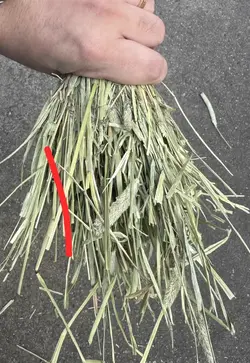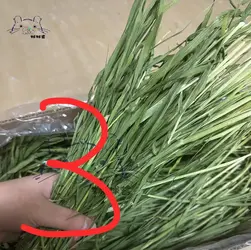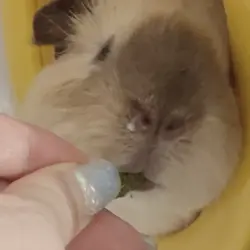dongzheng
Junior Guinea Pig
I want to make sure that these three are positive in urine, that is, abnormal, can they be given to him with the two, one for pain relief and one for anti-inflammation, including what he said to let me take cisapride and probiotics, can these drugs be taken together? According to my homework on the forum, shouldn't any medicine be kept away from water? Because one of the antibiotics is in tablet form. I asked him if he couldn't add water, she said you should add a little bit less, so I'm not sure if the drugs and methods he mentioned will really help my guinea pig. I'm a bit worried.
Because this doctor did not confirm that it was cystitis, but only said that it was temporarily treated with cystitis, so what I want to ask everyone is, I just said that the three abnormal urine samples were for my guinea pig's symptoms, because I saw in the post that if the doctor told you to put any antibiotics in water to take, please leave them immediately, so I am afraid that he is not professional enough.It’s perfectly fine to give baytril and metacam and is the normal and expected treatment for cystitis.
As sport_billy has said the baytril (antibiotics) will help with infection.
I’m not sure what you mean by keeping it away from water and giving a little bit less.
You cannot and must not stop your piggy from drinking.
The metacam (which is an anti inflammatory and a pain killer) dose looks to be incredibly low and at once a day it may not help her, but only a vet can tell you what to give. All we can say is keep an eye on any pain levels and if she appears to be in pain then speak to the vet again.





